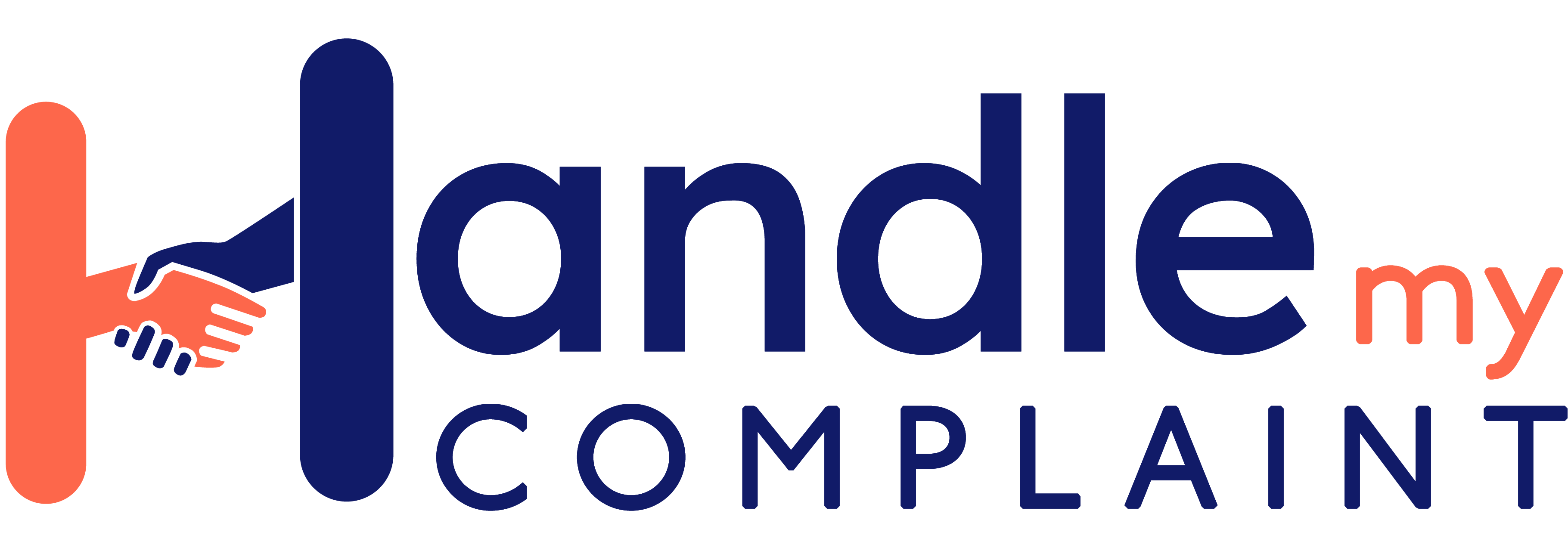
Debt disaster: How to ask for financial hardship help
Money – particularly the lack of it – is a sensitive topic for most of us. There's a level of embarrassment or shame that can come with the inability to meet financial obligations.
But life is messy and getting increasingly expensive. With the rising cost of living, more people are falling behind with essentials such as mortgage repayments, rent and utility bills. There are all kinds of reasons you may need assistance to navigate debt.
If you are in this situation, the good news is there is help available. You just have to ask for it. Asking for financial hardship assistance won’t cost you anything but your time, so reach out before things get even more stressful.
Understanding financial hardship
What is financial hardship?
It is a situation where a person cannot meet their financial obligations, such as loan repayments, rent, bills, and other essential expenses, due to unforeseen circumstances.
These could include job loss, illness, having a baby, a death in the family, or a sudden significant increase in living costs.

To know if you're experiencing financial hardship, look for these indicators:
-
- You're consistently struggling to pay your bills on time
- You're unable to meet your mortgage or rent payments
- Money worries are constantly on your mind
- You have to forgo necessities such as food or medical care to pay your bills
- You've become increasingly relying on credit to cover everyday expenses
How is it different from financial difficulties?
Financial hardship and financial difficulties are often used interchangeably, but some subtle differences exist. Financial difficulties generally refer to temporary situations, often related to poor budgeting, overspending or a minor setback such as an unexpected bill.
On the other hand, financial hardship is typically more severe and long-term, caused by circumstances beyond your control, such as job loss or illness. It's a situation where, despite your best efforts, you cannot meet your financial obligations.
When should you ask for financial hardship assistance?
The duration of financial hardship required to access assistance programs varies. Some programs offer immediate help, especially in cases of sudden events like job loss or natural disasters.
Others may require a sustained period of hardship demonstrated over several months. Research each program's requirements or consult a financial counsellor to determine if you are eligible.
Organisations with financial hardship programs
Many service providers such as lenders, utility companies, and other entities to which you owe money, have financial hardship programs. These organisations typically have dedicated hardship officers who can work with you to establish a plan tailored to your circumstances. For example, the Australian Banking Association offers a financial assistance hub – a great resource to find your bank's contact details and understand what options they provide. Additionally insurance companies also offer assistance programs to help you manage your payments. Contact your insurer directly to find out what options are available to you.
The financial hardship programs offered by these organisations are regulated. For example, the National Credit Code includes provisions for hardship variations, which is a change to the terms of a loan contract due to financial hardship.
Under this legislation, you can request changes to your loan repayments if you are experiencing hardship. The lender must consider your request, and if it decides not to agree to the request, it must provide reasons. There are also specific timeframes within which a lender must respond to a hardship request (see Approval time below).
Navigating financial hardship programs
How they help
Financial hardship programs can provide significant assistance if you're facing financial strain.
For example, many organisations offer the flexibility to negotiate lower payments or to defer them for a period, providing immediate relief from financial pressure. Other programs allow a temporary reduction in interest rates on loans or credit card debt, helping to slow the growth of your debt.
If you're juggling multiple debts, some might assist with consolidating them into one manageable repayment, often with a lower interest rate.
Lastly, you can also get financial counselling, helping you to create a budget, manage your debt and plan for the future.
Applying for a financial hardship program
To apply for assistance, the first step is to reach out to your lender, utility provider, or the organisation that administers the program.

Explain your situation, and clearly state that you're experiencing financial hardship - not just financial difficulties - and need assistance. Be prepared to discuss your income, expenses and the nature of your hardship. When reaching out for assistance, it's essential to be clear and direct. Use phrases such as:
"I'm experiencing financial hardship and need assistance." "I'd like to discuss options for a financial hardship arrangement." "I'm unable to meet my current repayments and need help."
You can use the letter generator from Financial Rights Legal Centre. It’s free and easy to use.
The last step is completing the necessary paperwork. Most organisations will require you to fill out an application or provide documentation supporting your hardship claim, such as medical certificates if your reason is an illness.
Approval time for financial hardship programs
The approval time can vary depending on the organisation and the complexity of your situation, but creditors are required to respond to your request within 28 days.
While waiting for the reply, keep paying off your debt with whatever amount you can afford - it’s better to pay something than nothing at all - and avoid borrowing money with exorbitant interest rates. Also, look for ways to save money, such as with your electricity bills, insurance premiums and shopping.
Applying for financial hardship with old debt
Statute-barred debt refers to an old debt you technically still owe but which creditors can no longer legally enforce collection due to the passing of a certain time. The length of this period varies by jurisdiction, but in most parts of Australia, it is typically six years and 15 if it relates to a mortgage.
The debt doesn't disappear after this period. It still exists, and you still owe it, but legal action to recover the debt is no longer an option for the creditor. That said, creditors can still attempt to recover the debt by other means, such as contacting you and requesting payment.
If you plan to acknowledge the debt or make a payment towards it, you could potentially restart the statute of limitations period. We highly recommend seeking advice from a financial counsellor or legal professional before taking any actions.
What happens once you tell your lender about your financial difficulties?
Once you've informed your lender about your financial hardship, they will assess your situation and will respond following these guidelines from ASIC:
Clear communication about assistance options

Lenders should openly communicate with you about the options available to assist with your circumstances. This could be loan modifications, payment deferrals or other forms of hardship assistance. The goal is to help you understand what's available and how it might provide relief.
Flexibility and tailored solutions
A one-size-fits-all approach often doesn't work when it comes to financial hardship. Therefore, lenders should strive to offer flexible, tailored solutions that consider your specific needs. For instance, if you've had loan repayments deferred, the lender should ensure that catching up on missed repayments is manageable for you, offering alternatives where necessary.
Transparent and informative communication
All communications with you should be clear and provide enough detail to make an informed decision about the assistance available. This should include information about how different assistance options will affect your loan and repayments over the short and long term. If applicable, the lender should clearly explain the effect of capitalising interest.
Ongoing communication
The lender should maintain open lines of communication throughout the period of assistance. This ensures that the service meets your needs and circumstances, which may change over time.
End-of-assistance communication
As your period of assistance draws to a close, the lender should again communicate with you to understand your financial circumstances. This will allow them to respond appropriately and ensure you know what will happen next.
Remember, being proactive and open in communications with your lender is crucial. Don't hesitate to ask questions or seek clarification if anything is unclear. Your lender is there to work with you to find a viable solution to your financial difficulties.
Understanding your position in a financial hardship program
Your rights as a person experiencing financial hardship
Right to apply for a change in contract terms: Under the National Credit Code, if you cannot meet your contractual obligations due to hardship, you have a right to apply for a change in the terms of your contract. The lender must consider your request.
Right to communication and information: Your lender should communicate clearly, inform you about your options and the impact of different decisions, and answer any questions.
Right to lodge a complaint: If you feel your lender isn't treating you fairly, you can lodge a complaint with the Australian Financial Complaints Authority (AFCA).
Your obligations
While being in a financial hardship program affords you certain rights, it also comes with obligations:
Honesty: You must be honest about your financial situation. This includes disclosing all relevant information about your income, expenses and debts.
Meeting the agreed terms: Once you've entered into a financial hardship agreement, you must meet the terms of that agreement. This could include making reduced payments or following a new payment schedule.
Impact on your credit rating
A financial hardship arrangement will appear on your credit report but won’t directly impact your credit score. Your credit report will not say the reason for the arrangement either. It's only there to provide a complete picture of your current financial obligations to potential lenders. If they want to know the reason for the arrangement, they must contact you directly, and it's entirely your decision whether or not to disclose that information.
If a potential lender sees a financial hardship arrangement on your credit report, marked either A or V, it could influence its decision to extend credit to you. They might view the hardship arrangement as a sign that you're actively managing your financial situation, which could be taken positively.
Dealing with debt collectors
Once you've formally entered into a hardship arrangement with a lender and are fulfilling the terms of that agreement, the lender will typically halt debt recovery actions. This can effectively prevent further contact from debt collectors regarding that specific debt. But remember that this protection applies only to the debt covered by the hardship arrangement and not to debts with other lenders.
If you fail to meet the terms of your financial hardship agreement, the lender may cancel it and return your account to normal terms, which includes resuming debt recovery action.
So if you need help meeting your obligations under the agreement, contact your lender as soon as possible to discuss your options. They are most likely amenable to more adjustments.
What if the company says they don’t have a financial hardship program?
While many companies offer financial hardship programs, you may encounter a situation where a company says they don't have one. Here's what you can do:
Understand your rights and double check
In Australia, many companies in sectors such as finance, utilities, and telecommunications must have hardship programs under their industry's code of conduct or legislation. For instance, banks, credit providers and insurers are obliged to consider hardship variations under the National Credit Code.

But sometimes customer service representatives might not have all the information about their company's offerings. Ask to speak with a supervisor or someone in a management position. You could also check the company's website or any written material they've provided for information about hardship programs.
Seek advice
Contact a financial counsellor or a community legal centre for advice. They can help guide you to help for your specific situation and may be able to advocate on your behalf or help you communicate with the company.
Even if a particular company doesn't offer a hardship program, other forms of assistance may be available to you. This could include government programs, non-profit assistance or other community resources. A financial counsellor can help you explore these options.
Where to get help
If the company continues to deny the existence of a financial hardship program or refuses to assist you, consider lodging a complaint with the relevant ombudsman service or regulator.
This could be AFCA for financial firms, the Telecommunications Industry Ombudsman (TIO) for phone and internet providers, or the Energy and Water Ombudsman in your state or territory for energy and water providers.
If you’re unsure who to contact, lodge your complaint with us, and we’ll handle it for you.
Remember, seeking help early is crucial when you're experiencing financial hardship. The sooner you reach out for assistance, the more options you'll have to address the situation. We know you’re probably feeling very stressed right now. But if you contact lenders now and ask for financial hardship assistance, you will save yourself a lot of heartache down the track.






